|
I've been playing scales for over 50 years so keeping it fresh can be a challenge. This etude was written for an intermediate student today. Playing scales at the 10th made it all new for her again. Feel free to try this with other scales as well. Keywords: Scales, scales in 10ths
0 Comments
Sightreading is high speed pattern recognition. Pattern recognition comes from knowledge of rudiments and theory, piano technique, aural training, a deep knowledge of music history and stylistic performance practices and playing experience. A trained musician does not see a series of notes, they see patterns and relationships. For example, Mozart Minuet in G K 1e.
If I can help you, call me. David Tips.
1. Count aloud throughout. 2. Count one measure before you begin. 3. Practice counting and clapping first. 4. Record yourself clapping and listen back to evaluate your success or lack thereof. 5. Play one hand and count aloud. Record yourself playing and listen back to evaluate your success or lack thereof. 6. Play two hands and count aloud. Record yourself playing and listen back to evaluate your success or lack thereof. 7. Do this and similar exercises for the rest of your piano career. If I can help you, call me. David This guy explains how to sit on the piano bench correctly. He includes a discussion and demonstration of the correct distance to sit from the piano and the height of the bench. As he says, sitting correctly will help us play easier and avoid injury. Enjoy. David A student writes, “Hey David, I wanted to check my learning strategy with you. My goal right now is to play better at the jams I attend. Most of them are funky with someone creating a groove, and everyone jumping in. I noticed the keys players are all very good at hearing the bass and figuring out the progression— or finding a groove within a set progression. At my level, I’m usually asking others what key we’re in (although it doesn’t always work since it changes) and then playing the root chord and inversions of it. I’ll sometimes create groove lines from the respective blues scale, but that’s about it for my understanding. Taken together, I’m thinking the number one thing I need to work on is: Ear training. For that, I’m thinking I focus on training my ear to understand:
Thanks! My response. Yes, this is a good start. Here are some more ideas to consider.
David One Chord Songs
I recommend playing these warmups at various tempos with a metronome. Transposing these exercises to different keys is also highly recommended.
David Key words:
I wrote this for an adult student preparing for her Royal Conservatory of Music Grade 3 exam. She is working on Clowns by Kabalevsky and needed a short etude to practice her mixed articulations. Passages with mixed articulations are common throughout piano literature. To utilize this etude for yourself, start very slowly. Eighth note = 60 BPM and work up from there. The video will help you along. Have fun. David This etude will help you practice the correct finger patterns for Royal Conservatory Level 1 and 2 techniques. I would play them slooooooowly; hands separately. A metronome is recommended.
Things to notice: 1. The accents 2. The slurs 3. The dynamics 4. The fingering In the video I demonstrate the hand motions required. Have fun. This etude will help you to create a beautiful singing line in pieces with slow moving melodies. None of the notes are played with the fingers going up and down in the usual way, it is played all with the arm.
Look what I found tucked away. You can hear examples in the Bill Evans YouTube video below. To freshen up your technique and reengage your attention, try the following articulation and dynamic patterns. Remember technique is how musicians learn to control their instrument, build their interpretations, and execute beautifully.
1, Legato 2. Staccato 3. Legato in the right hand and staccato in the left. 4. Legato in the left hand and staccato in the right. 5. Crescendo to the middle and then diminuendo to the top. 6. Play one octave in quarter notes, then two octaves in 8ths, then three octaves in triplets, finally four octaves in 16th notes. 7. In contrary motion. This can be challenging when playing broken chords or arpeggios. 8. Scales played in formula patterns 9. Use a metronome, vary the tempo. 10. Play with your eyes closed! 11. Play with emotion. Check out last week's blog with Hilary Hahn for ideas. Playing your technique (scales, chords, and arpeggios) with emotion is an important part of learning to play well. These guys, with Hilary Hahn, will give you some fun pointers.
This exercise will work on any instrument. You should vary the tempo of the metronome as your skills increase. Counting aloud is imperative. No counting in your head or mumbling. Speak boldly and clearly as you play. The first two measures are counted only. You begin playing in measure three.
Good luck Play your technique (scales, chords, and arpeggios) allegro and pianissimo or quickly and softly. The first challenge will be not to slow down or tense up. The second challenge will be to maintain an even tone.
If I can help you, please call me. David. What do we gain by learning Jazz and Pop Standards by ear?
1. We acquire an intuitive understanding of jazz and pop rhythm. 2. We learn the feel of the music, which is something that can't be notated. 3. By playing along with recordings we learn to stay in place. 4. We learn how to solo by acquiring ideas (licks) that we can use in other pieces. 5. We learn how to play our instrument idiomatically by hearing it played in context. 6. We begin to appreciate the depth and scope of jazz and pop history and its eras and players. 7. We learn how to mess with a melody. A first step to soloing with finesse. "Learn the melody, mess with the melody, then mess with the mess" Louis Armstrong If I can help you on your journey, call me. David Revised August 2022 Sight-reading tips
Short story As a teenager I had poor practicing habits. I had no focus or commitment to any task except sightreading which I found fun and easy. I loved spending hours reading from my mother's piano books. Therefore, it is no coincidence that I've spent the last 45 years making a living as a sight-reader. First as a professional pianist and later as a teacher and drummer. Eventually though, I did get my practice habits straightened out and got down to business. David Revised August 2022 This will help you learn the diatonic chords of E major. Watch the crossover with the left hand and the change of clef in measure 11. The left-hand fingering is 531; the right-hand is 135. Revised August 2022
I'm always trying out new ideas with students to keep it fresh for us both. This warm-up assumes you know the correct fingerings for each position. (The right scale at the 10th starts with 31234 etc. The broken chords and arpeggios in the right start with finger 1.) This exercise should be transposed into a different key at each practice session. Tempo markings are only suggestions. If I can help you, call me. David Revised August 2022
Playing the piano is much easier when the scales and chords have become automatic in our hands. Below is the fingering chart for all 3 note chords like C major and G minor. Another name for a 3-note chord is a "triad". I've cropped this image from a student's notes. If I can help you, call me. David How to play fast comes up in lessons frequently. Here are some ideas to get you started.
Let's get the basics out of the way first.
Now some often-overlooked facets of quick playing.
If I can help you, call me. David Steps to successDay One
1. Dust off the metronome. 2. Set it at 60. Also known as 60 BPM (Beats per minute) 3. Practice counting aloud to the metronome: 1-2-3-4, one number per click. 4. Continue counting aloud and clap measures 1 to 9. 5. Continue counting aloud and play the right-hand notes measures 1 to 9. Counting aloud is the imperative step for success. 6. Add the left hand and repeat measures 1 to 9. 7. Move the metronome to 70 BPM and repeat the passage. 8. Call it a day. Day Two 1. Repeat yesterday's steps with the whole notes at 80 BPM. 2. Reset the metronome to 60. 3. Practice counting aloud to the metronome: 1-2-3-4 one number per click. 4. Continue counting aloud and clap measures 10 to 14. 5. Continue counting aloud and play the right-hand notes measures 10 to 14. Counting aloud is imperative for success. 6. Add the left hand and repeat measures 10 to 14. 7. Move the metronome to 70 BPM and repeat the passage. 8. Call it a day. Day Three 1. Repeat yesterday's steps with the half notes at 80 BPM. 2. Reset the metronome to 60. 3. Practice counting aloud to the metronome: 1-2-3-4 one number per click. 4. Continue counting aloud and clap measures 15 through 18. 5. Continue counting aloud and play the right-hand notes measures 15 through 18. Counting aloud is imperative for success. 6. Add the left hand and repeat measures 15 through 18. 7. Move the metronome to 70 BPM and repeat the passage. 8. Stop for the day. Day Four 1. You know what to do. If I can help you learn to count aloud while playing, call me. David Revised August 2022 Why use a metronome?
How to use the metronome.
If I can help you learn to count, call me. David Revised August 2022 This is a simple concept that can be difficult to execute. When the melody goes up crescendo. When the melody goes diminuendo. The change will be small unless the composer indicates otherwise. Exceptions are clearly marked in the score. The last note in a melody before a rest, in Classical music, is played gently unless the composer indicates otherwise. The last note in a melody before a rest, in Jazz music, is played strongly unless the composer indicates otherwise. Please check out the following recording. If I can help you, call me. David Revised August 2022
|
You've got to learn your instrument. Then, you practice, practice, practice. And then, when you finally get up there on the bandstand, forget all that and just wail. AuthorI'm a professional pianist and music educator in West Toronto Ontario. I'm also a devoted percussionist and drum teacher. Categories
All
|
||||||||||||||
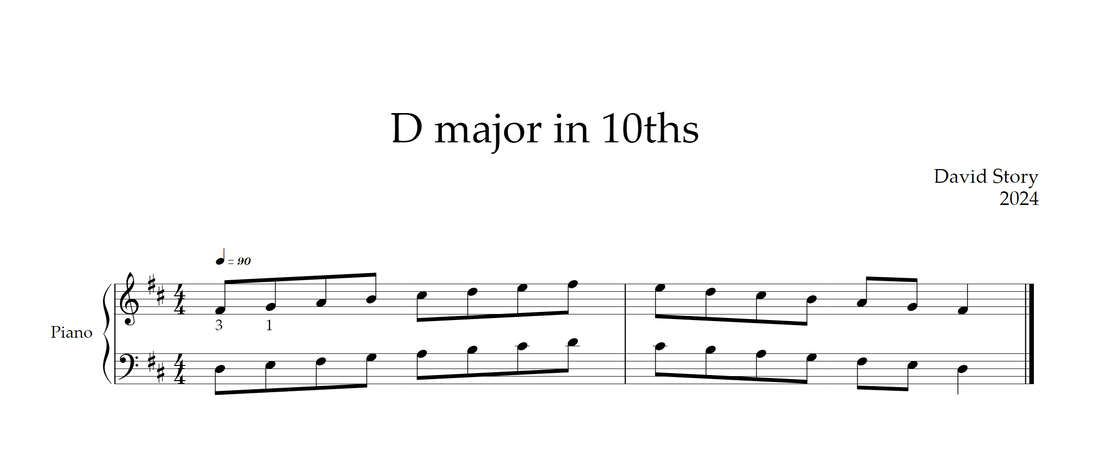
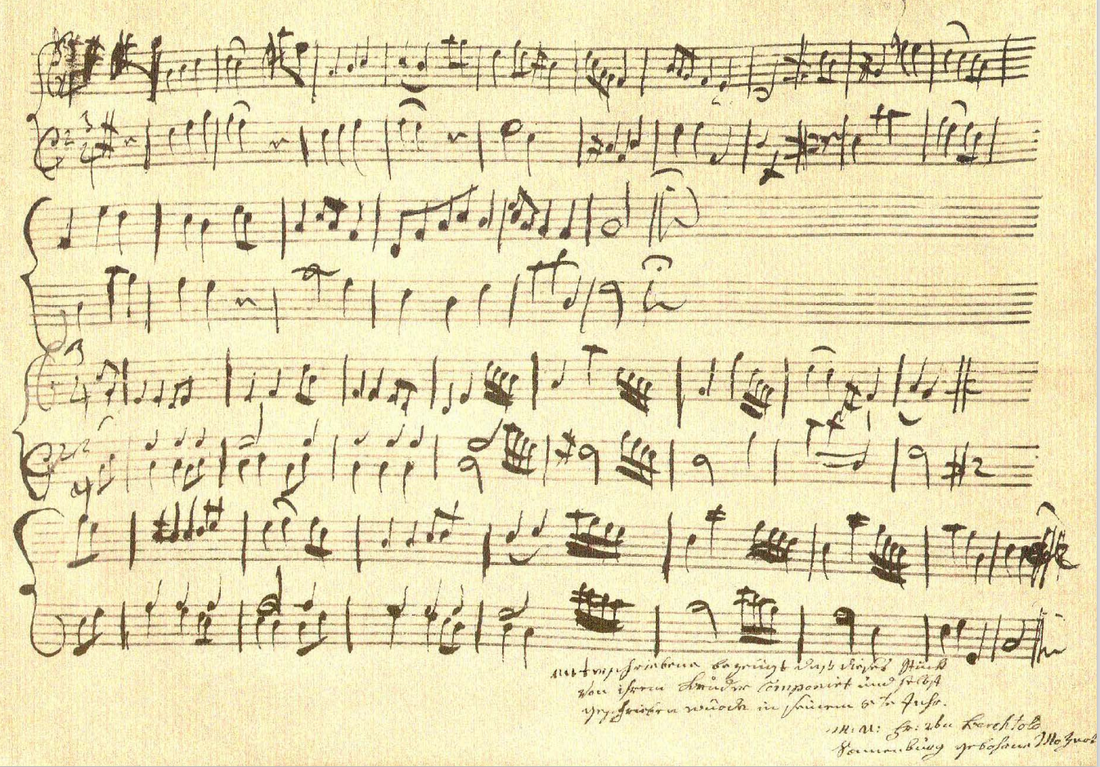

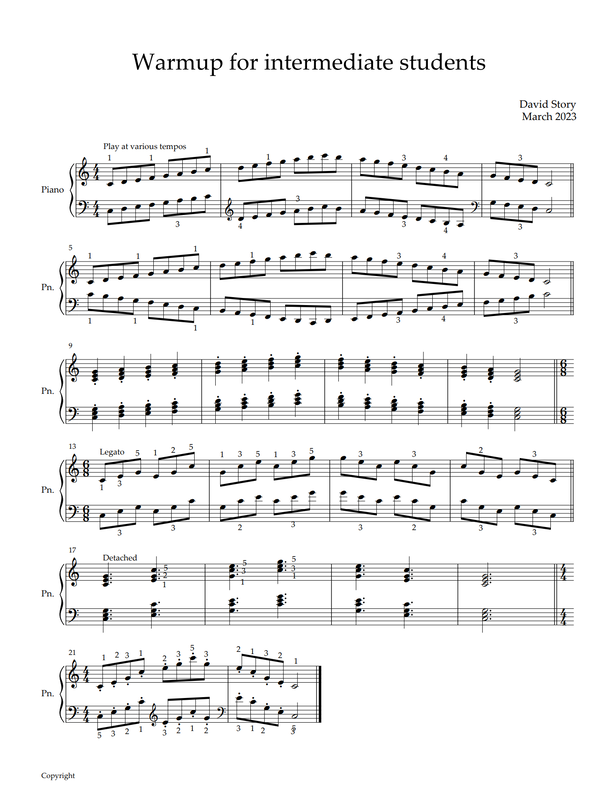
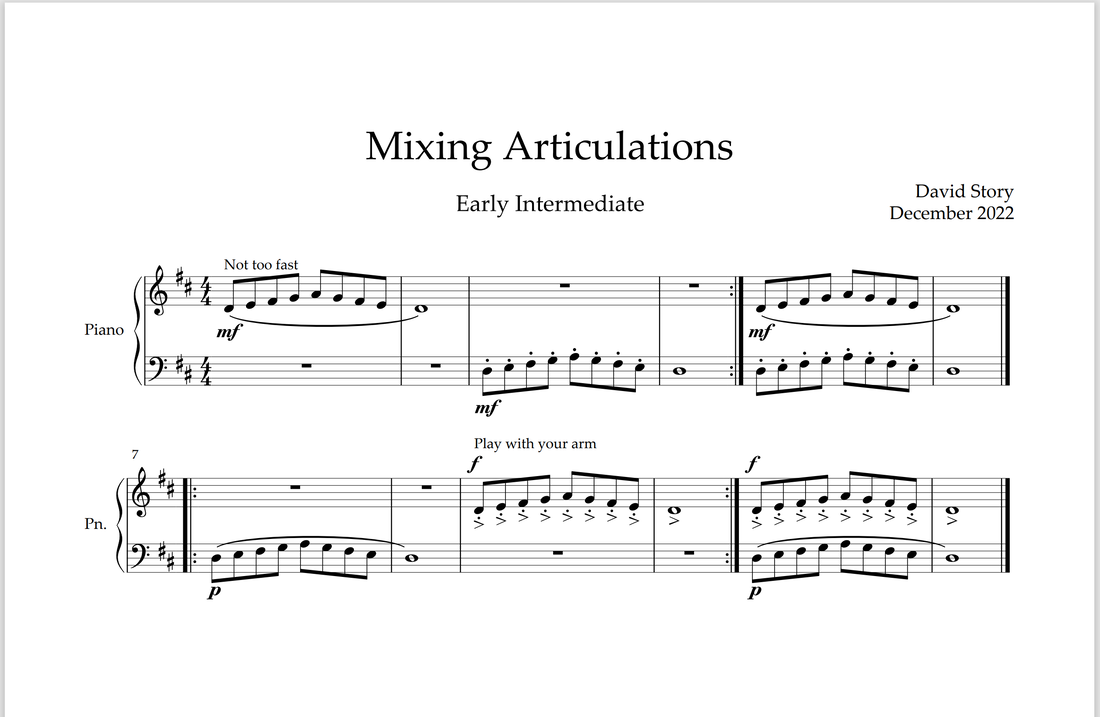
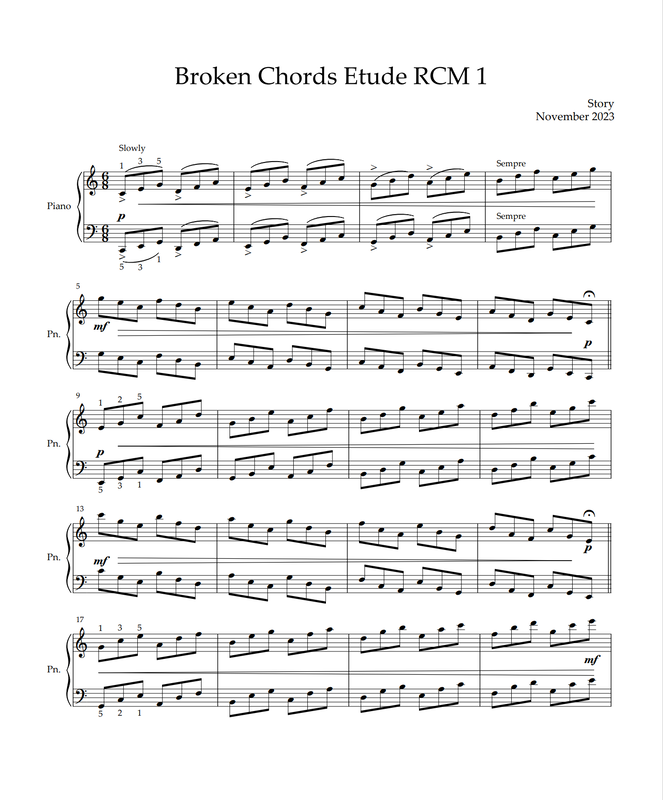
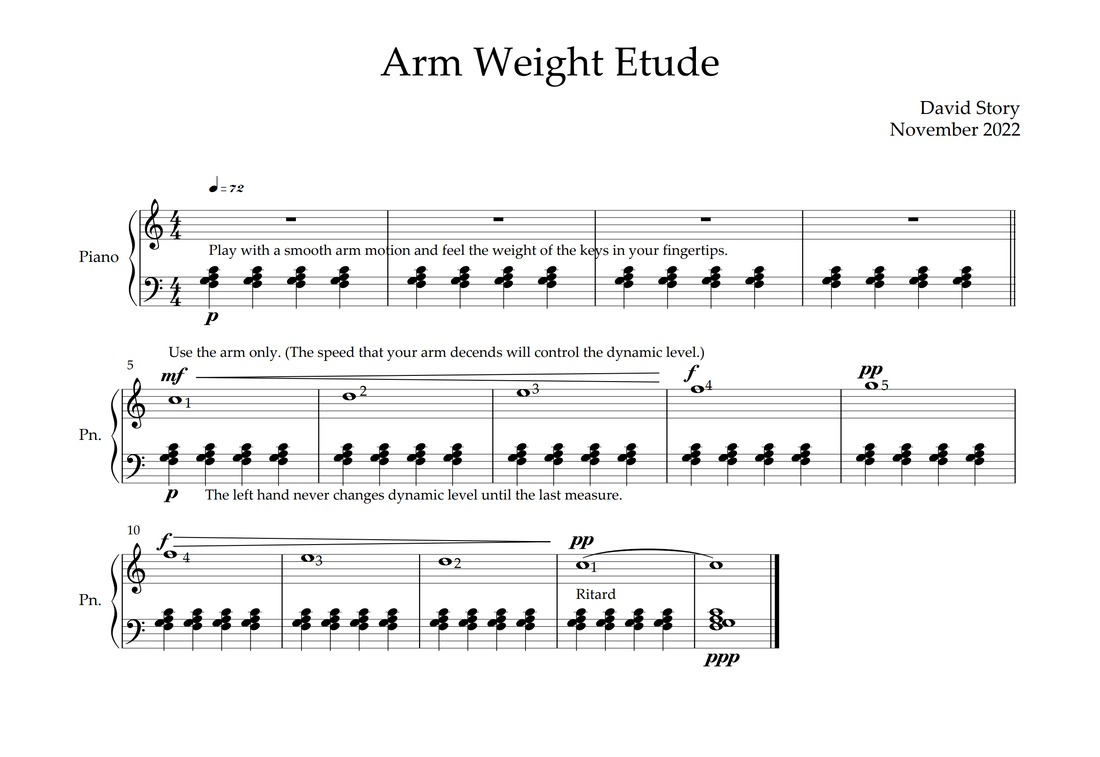
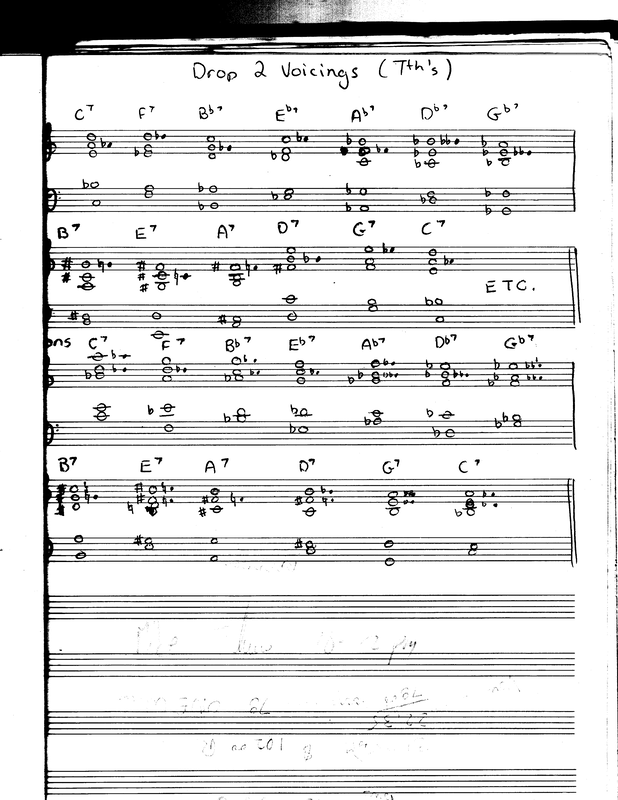
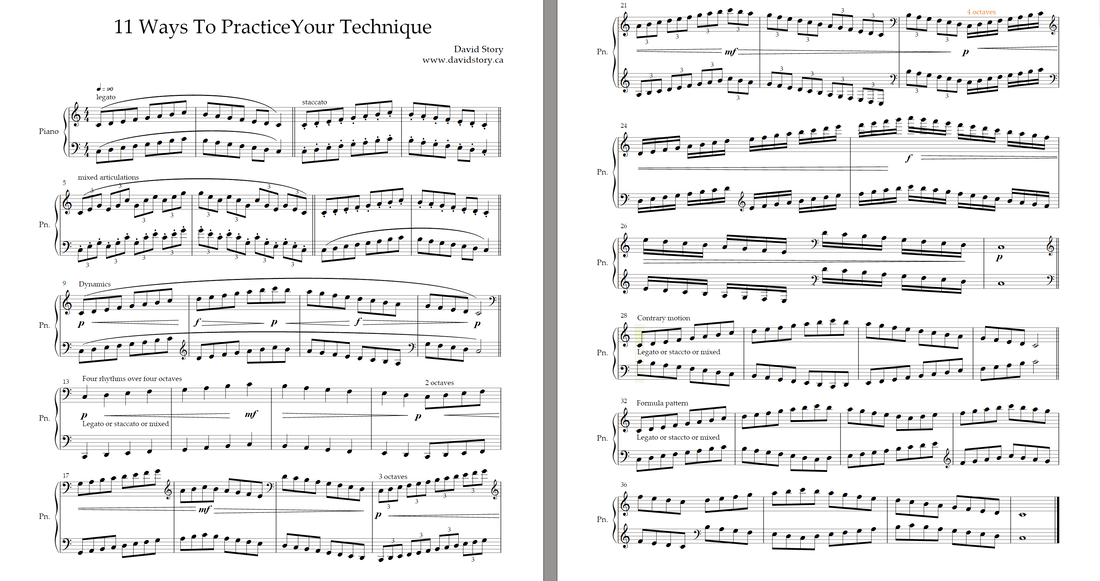
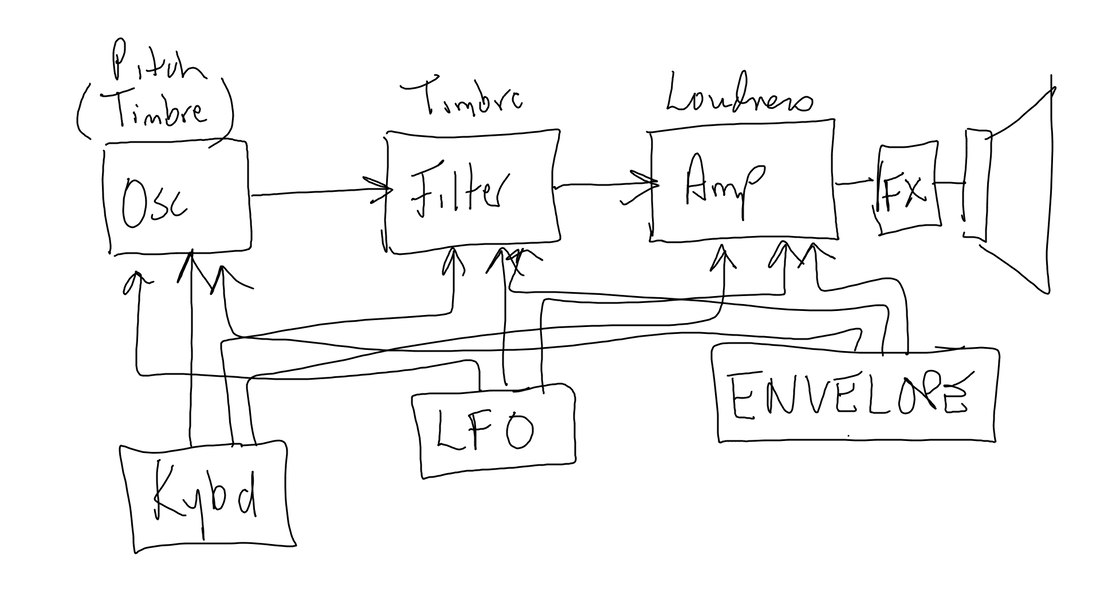

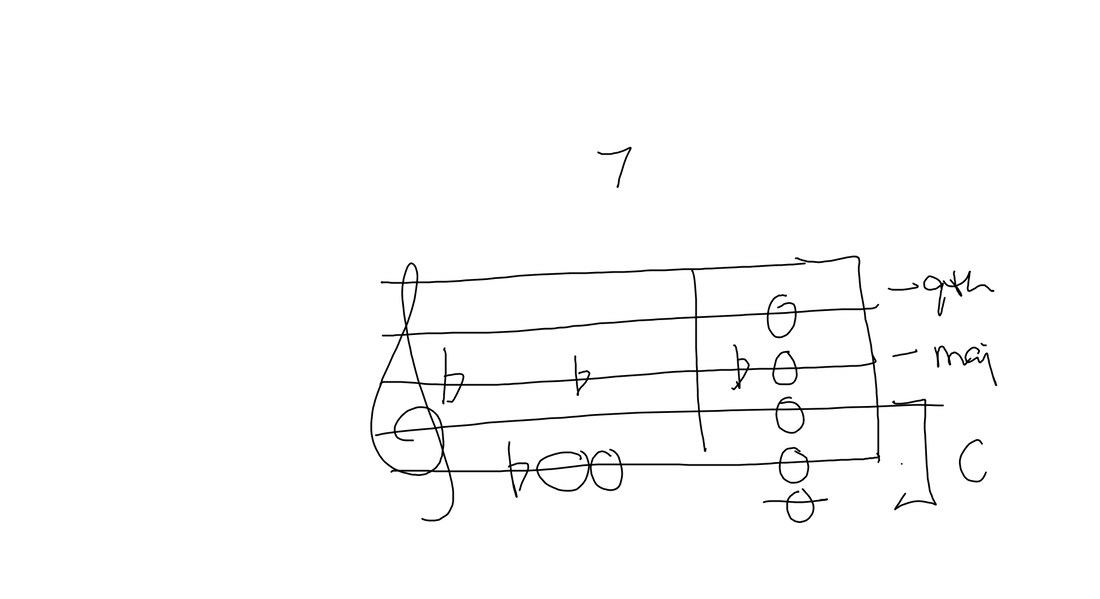
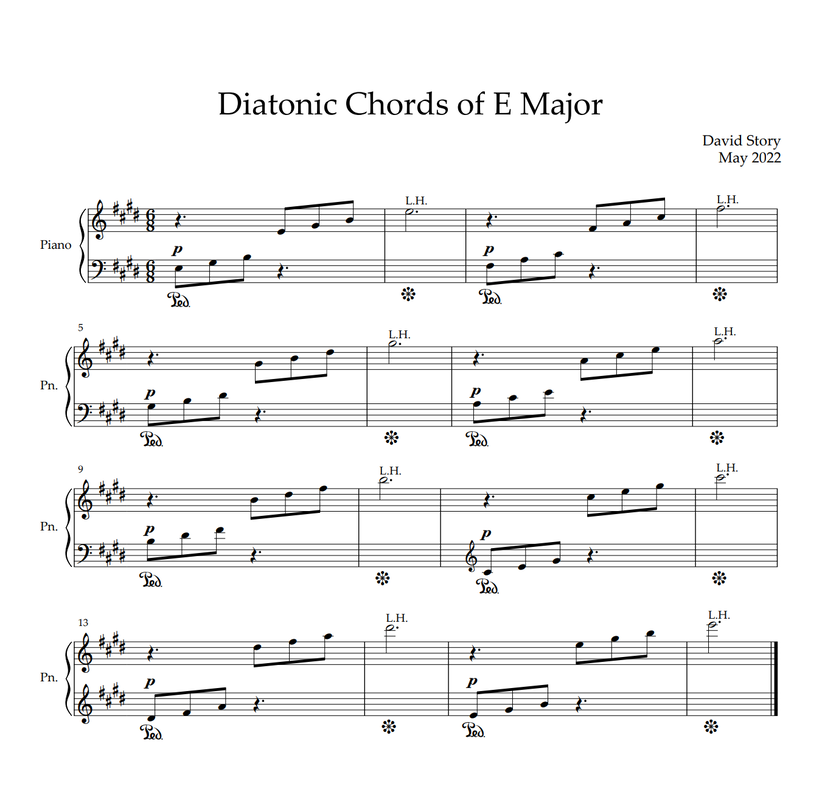
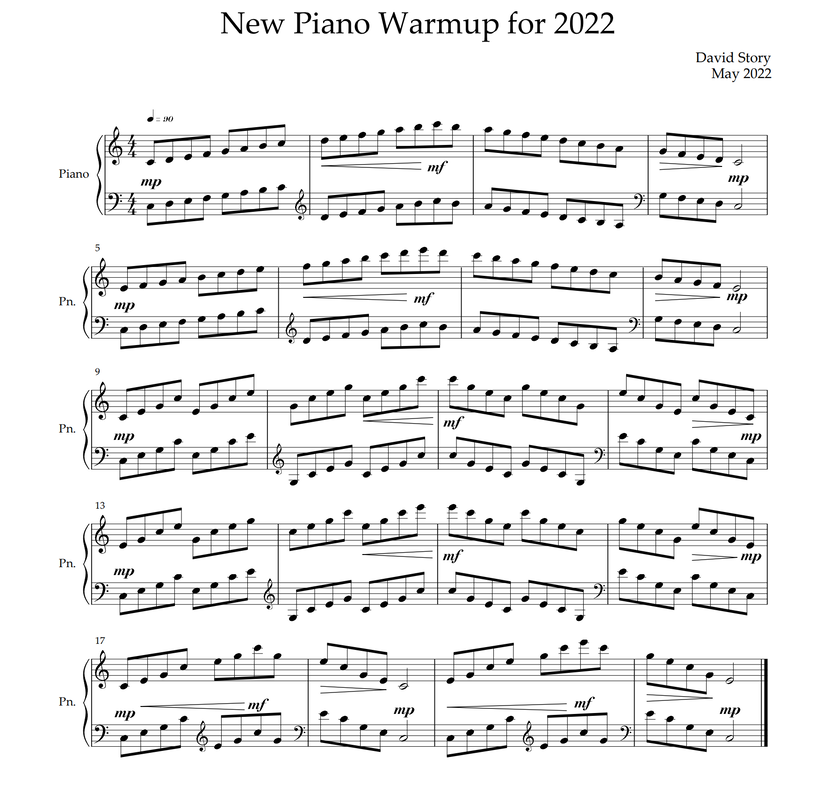
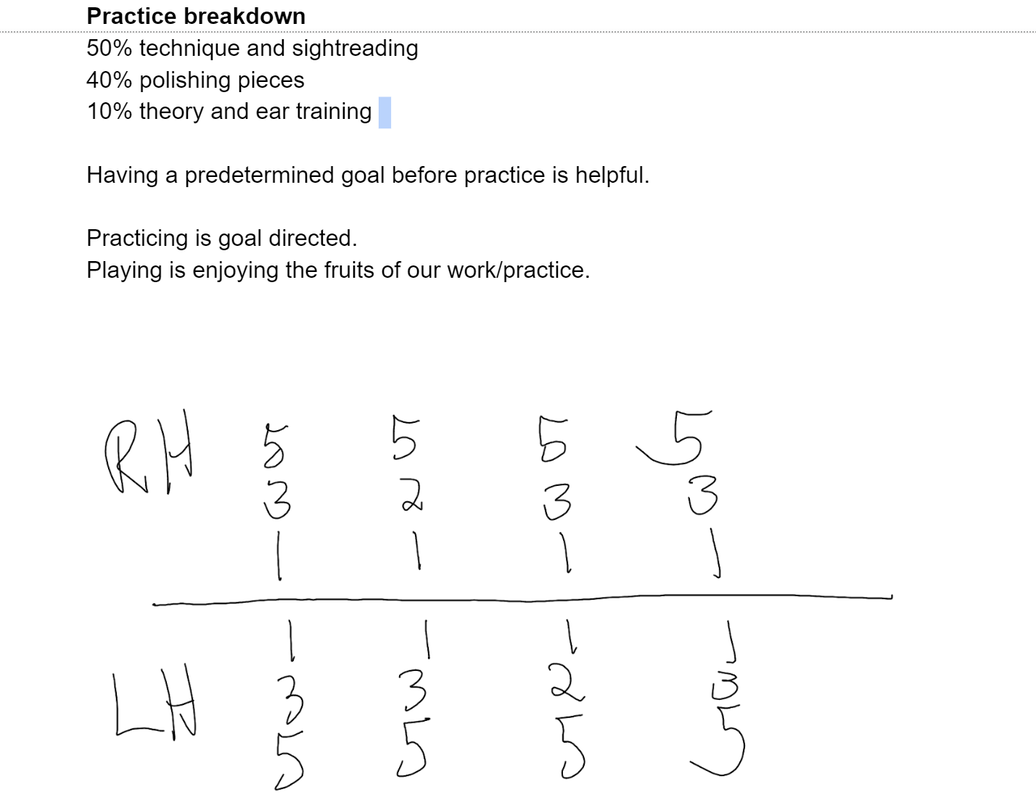
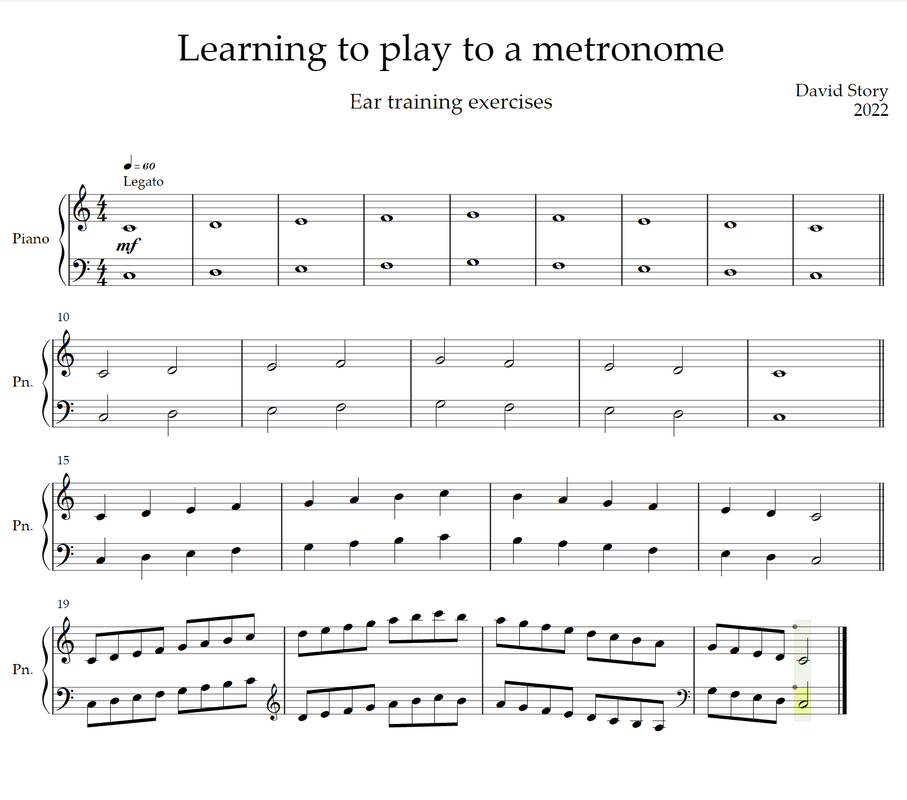
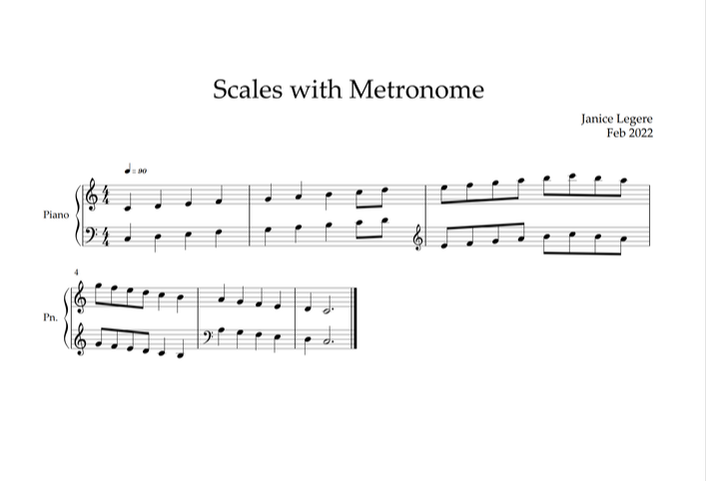
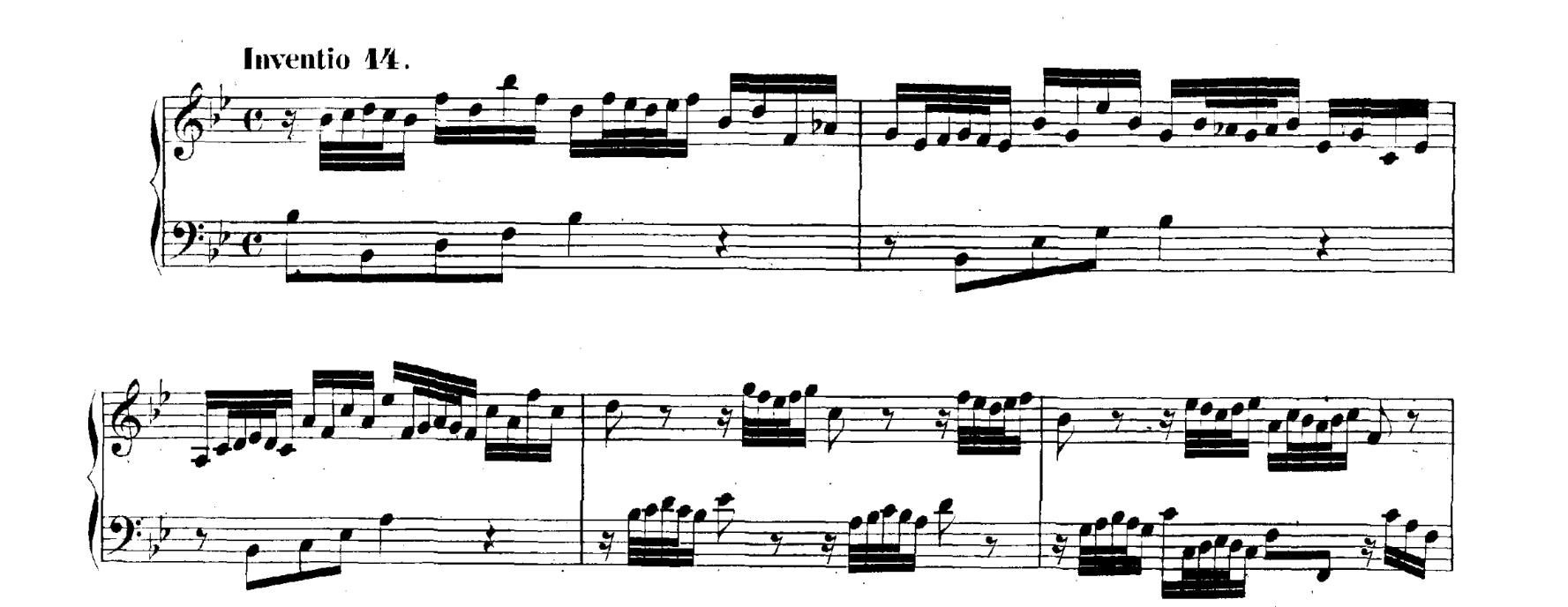
 RSS Feed
RSS Feed